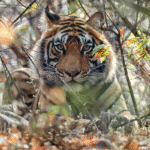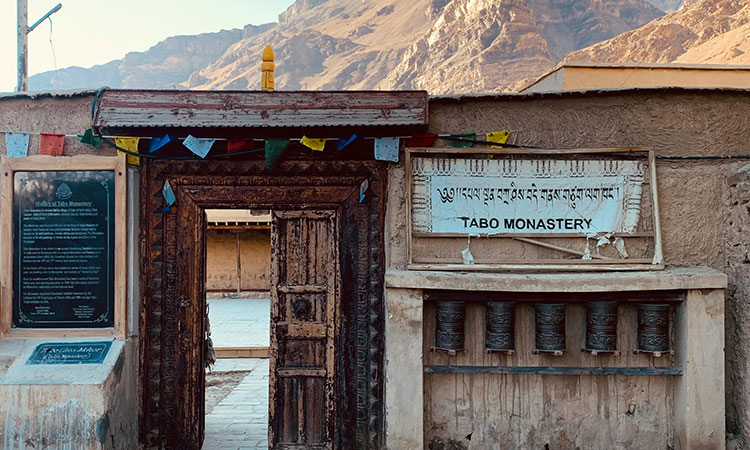Whenever we think about high mountains where one can find peace and calmness, the first name that comes to mind is Lahaul-Spiti Valley. Spiti is still connected with nature. It is located in Himachal Pradesh. Spiti is known as the “land in the middle,” and it truly lies between India and Tibet. If you’re a traveler who likes to stay away from the crowd for a while and stay close to nature, then Spiti is a place you must visit. It is located at a height of 14,010 ft from sea level.
There Are Two Main Routes to Reach Spiti:
Route 1: Shimla → Kalpa → Nako → Tabo → Kaza → Manali (Preferred for first-time travelers)
- 1. Gradual altitude gain (less chance of AMS)
- 2. Better roads till Kalpa
Route 2: Manali → Rohtang → Kunzum Pass → Kaza (Quicker but rough and steep)
- 1. Kunzum Pass (14,931 ft) can be tricky but scenic
- 2. Take this route only after acclimatizing
But today i am going to tell you about the Route to spiti from shimla, Narkanda etc.
- Distance: ~534 km (from Shimla Side)
- Best Duration: 6 to 10 days (depends on your pace)
- Best Time: May to October (before snow blocks roads)
Day 1: Shimla → Narkanda → Rampur → Sarahan
- 1. Your drive passes through dense pine forests and beautiful apple orchards.
- 2. You can also stay in Sarahan. Sarahan is also home to the famous Bhimakali Temple.
Day 2: Sarahan → Reckong Peo → Kalpa
- 1. On the second day of your trip, you will enter Kinnaur Valley, which is very close to the Indo-Tibet border.
- 2. You can stay in Kalpa. If the weather remains clear, you will get a view of the Kinnaur Kailash peak from here.
Day 3: Kalpa → Pooh → Nako
- 1. On the third day of your trip, you will drive along the Satluj River.
- 2. Here, you will reach one of the highest villages—Nako Lake Village.
- 3. Quiet, spiritual place with great views
- 4. Roads may be rough after Pooh
Day 4: Nako → Tabo → Dhankar → Kaza
- 1. Visit Tabo Monastery (over 1000 years old)
- 2. Short detour to Dhankar Monastery (cliffside view)
- 3. Reach Kaza, the main town of Spiti Valley
- 4. In Kaza only BSNL/JIO Mobile Networks availaible.
Day 5–6: Kaza and Around (Local Exploration)
- 1. Langza Village also kown for fossil village.
- 2. Hikkim Village also known for its world’s highest post office.
- 3. Komic Village is the highest villages in the world.
- 4. Kibber & Chicham Bridge – Asia’s highest bridge
Essentials to Carry
- 1. Valid Photo ID (Inner Line Permit not required for Indian citizens)
- 2. Medicines for AMS, cold, headache.
- 3. Dry snacks, water bottles.
- 4. Cash (ATMs rare beyond Kalpa)
Quick Tips
- 1. Drive slowly, altitude increases steadily.
- 2. Avoid drive at night (roads are risky)
- 3. Respect locals & their Culture and Buddhist monasteries.
- 4. Network is weak – inform family in advance.






